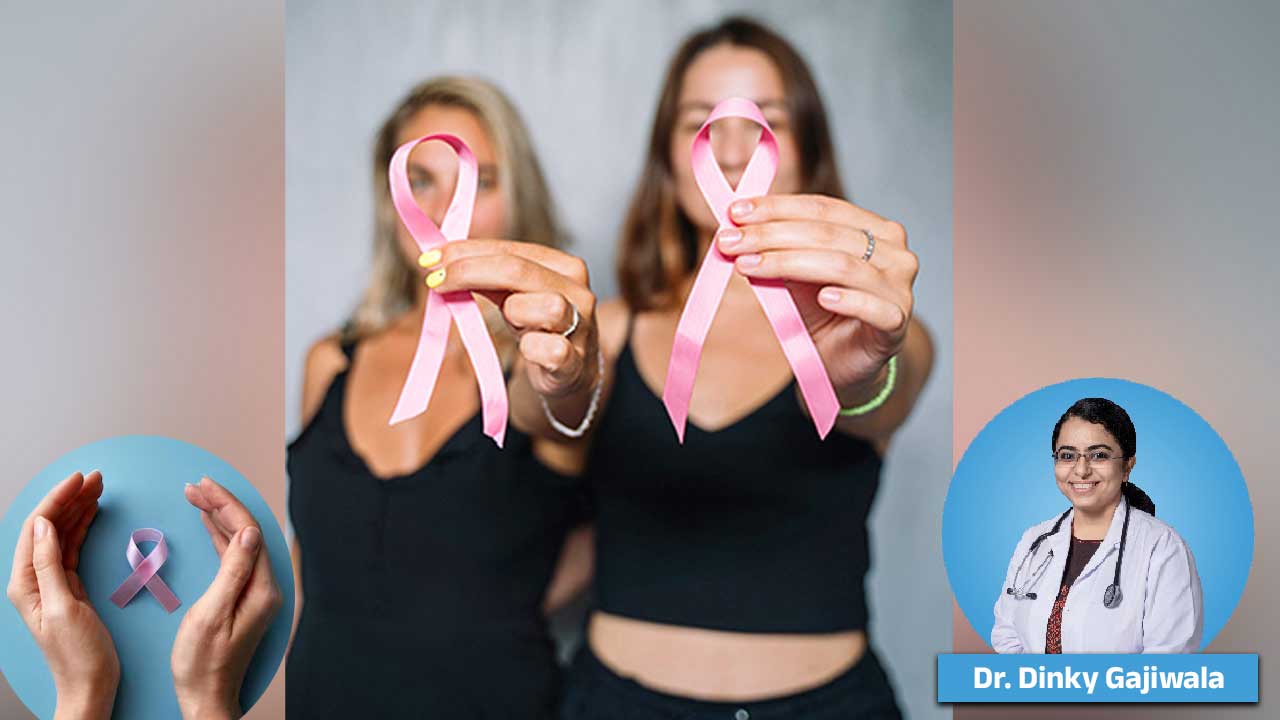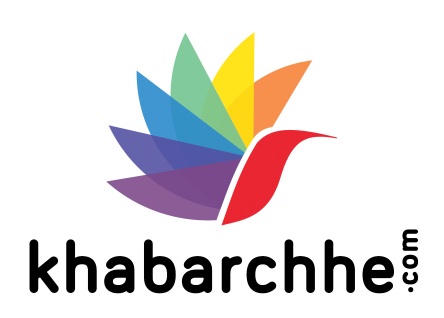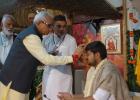- Charcha Patra
- Rise in Breast Cancer Among Young Women in India, Major 5 factors
Rise in Breast Cancer Among Young Women in India, Major 5 factors

Breast cancer was considered a disease affecting mostly middle-aged women. But now, it is now being diagnosed increasingly in women under 45 years.It is a trend that is alarming doctors and families across India. The reasons behind this rise are complex, spanning genetics, lifestyle, reproductive choices, and environmental exposure. Let us look into these factors in detail.
1. Genetic Factors and Limited Screening
Genetics play a crucial role in early-onset breast cancer. Pathogenic mutations, particularly BRCA1 and BRCA2, appear more frequently in younger patients. Indian studies have shown a higher-than-expected BRCA prevalence, yet genetic testing remains rare due to cost and limited access. There is a need for more liberal and affordable genetic screening, which could identify at-risk women years before disease onset.

2. Environmental and Chemical Exposure
Modern life is steeped in endocrine-disrupting chemicals (EDCs) found in plastics, cosmetics, pesticides, and processed food packaging. These chemicals can interfere with hormones and may increase the risk of early-onset breast cancer.Growing evidence links EDC exposure to hormonal disruption.
3. Lifestyle and Metabolic Health
Poor metabolic health, sedentary habits, and unhealthy diets are significant contributors. Obesity, chronic inflammation, and hormonal imbalances linked to these factors can increase risk even in younger women. Urban stress, air pollution, and sleep deprivation further worsen the problem by disrupting hormones like cortisol and melatonin, which are vital for immune function and cellular repair.

4. Changing Reproductive Patterns
Modern reproductive trends also play a role. Delayed marriage, late motherhood, fewer pregnancies, and shorter breastfeeding durations are all known to modestly increase lifetime breast cancer risk. These are established risk factors that likely contribute to young-onset cases.
5. Gaps in Screening and Early Detection
One of the biggest challenges is that most breast cancer screening programmes exclude women under 40. Mammography — the standard tool — is less effective for younger women due to denser breast tissue and is rarely offered to them. As a result, many cases are diagnosed only after symptoms appear, often at an advanced stage.
Alarmingly, younger women are often being diagnosed with more aggressive subtypes, such as HER2-positive and triple-negative breast cancers, which progress rapidly and are harder to treat. These forms offer fewer targeted therapy options and poorer prognoses compared to hormone receptor-positive cancers seen more commonly in older women.
There is a need for improved access to low-cost breast ultrasounds and clinical breast exams, especially in primary care settings. It is urgently needed to update the National Programme for Prevention and Control of Cancer, Diabetes, Cardiovascular Diseases and Stroke (NPCDCS) to include younger women and adopt risk-based screening models.

India urgently needs stronger breast cancer registries to monitor young-onset trends and guide targeted interventions. Equally critical is public education: young women must be encouraged to perform regular self-examinations, report symptoms early, and seek clinical evaluation without hesitation.
Early detection saves lives.But for that, we need awareness, access, and proactive policy — especially for younger women who are increasingly at risk.
About The Author

Dr. Dinky Gajiwala, DNB (Medicine), DNB (Medical Oncology), is a dedicated Medical Oncologist and Consultant at Hope Cancer Clinic, Surat. She specializes in comprehensive cancer treatment and is passionate about empowering patients through education and awareness. With a strong presence on social media, Dr. Gajiwala actively spreads reliable information on breast cancer, chemotherapy, immunotherapy, and other critical aspects of oncology, making cancer care more accessible and understandable for all.





.jpg)














.jpg)


